Natform Screen System – Types of Screens
THE DIFFERENT USE CASES OF SCREENS
STRUCTURAL SCREENS
In some construction cases, there is a heavy focus in accelerating the structure. Typically, the main factor slowing down the forming and pouring of additional slabs when Screens are being used is the install of the façade. While the install of façade can be facilitated behind the Protection of Screens, builders may sometimes remove that from the scope of the Screens and instead install a temporary handrail on the slab protected by the bottom of the Screen. By doing this, the Screens can be climbed as early as possible to facilitate the protection of the forming and pouring of the next slab of the structure. This is best used in cases of high-rise commercial towers which need to be built quickly. These types of buildings usually utilise curtain wall façade systems that can be installed behind the protection of a temporary handrail and without the need of the full height protection that a Screen would offer.

FINISHING SCREENS
While structure Screens facilitate only the protection of the formwork cycle and aims to accelerate the structures progression, finishing Screens allows for not only the formwork cycle, but also for the construction of the finishes and façade works. In many scenarios, the façade works must be conducted from behind the full height protection offered by either Screens or Scaffolding. Where this is the case, finishing Screens can be used in a set-up that facilitates the parallel works of both structure and finishing works.
This work will be undertaken not only within the slab but also on the working platforms constructed directly onto the Screens. If the façade works are complicated and require additional time to complete all the required steps before the Screen climbs, the option to extend the Screen to a five or even six level is available. By extending the Screen, additional levels of the structure can be protected allowing for multiple levels of platforms and multiple levels of active finishing trades. By using this form of Screening sequence, the entire construction process can be facilitated behind the full protection of Screens, which in turn minimises the risk of potential falls from heights and increases general site safety and efficiency

TRAILING SCREENS
In situations where the structure is of utmost importance, it is best to use a structure only Screen so that the façade works, which are usually completed at a slower pace, can occur later. The challenge that using structure only Screens presents is that sometimes façade works cannot be completed behind a handrail, and they might need a full height protection method to allow the conduction of works in a safe environment. Where this is the case, two separate sets of Screens can be used that both wrap around the perimeter of the project. The first set of Screens is for structure only, which accelerates the structure leaving behind a handrail for edge protection. The second set of Screens are then erected below the first set using the same cast-in holding down bolts to connect to the structure. The sole purpose of the second set of Screens, known as trailing Screens, is to act as edge protection for the façade contractors to build the façade and nothing more. These trailing Screens will climb level by level as façade works are completed and have the benefit of not having to match the speed of the formwork cycle for the structure.

HYDRAULIC CLIMBING
On many construction sites, the crane is operating constantly, helping different trades manoeuvre their gear, because of this, it is not always a viable option to lift Screens with the crane. One alternative to lifting by crane is lifting by hydraulic unit. The Natform hydraulic unit is housed within a moveable trolley that is small enough to manoeuvre between formwork frames.
Our Hydraulic System has the longest stroke within the Screen industry, allowing for quick and efficient climbing times that are comparable to climbing with the crane. The system comes with full safety documentation and maintenance certification, giving our clients peace of mind and valuable know-how.

CONSTRUCTION JOINTS
Another important use-case of Screens are that they can be used to protect construction joints within slabs. It is common to see in deep basement construction that the pouring of the slab is split into two separate pours by use of a construction joint. When construction joints are made, it is also common that the builder would like to accelerate one pour independently of the other, which in turn creates a falling hazard between the two pours. In this scenario, Screens can be used as they normally would be along the construction joint which allows the acceleration of one pour but also does not hinder the forming and pouring of the other as the Screen can climb up to free the surface.

STAIR SYSTEM
Similarly, to Scaffolding, Screens also can offer solutions of external personnel access from level to level of the construction site, these solutions can be broken down into access only (construction) stairs and stretcher stairs. Screen Stairs work by utilising a double skinned Screen, which is essentially two sets of Screens set apart and connected using specialised bracketry. The double skinned Screens are used to house aluminium stair treads that stretch a single floors height. Typically, the stairs cover the top three levels of structure and allow personnel to travel down through the stairs and exit onto the slab below, where they can take internal stairs or the hoist to access further levels.
These stairs are important to the formwork cycle as typically the stairs within the core are not poured with the jump form, leaving no access other than the hoist to the top levels of the structure. This imposes a risk on the workers as any failure of the hoist would mean personnel could not exit the building. The main difference between access only and stretcher stair Screens is that access only stairs house stair treads that are 600mm wide and only allow walking access for workers whereas stretcher stairs house stair treads that are 1200mm wide and allow for injured workers to be carried down the stairs on a stretcher in case of an emergency.

STRUCTURAL STEEL
The Natform Screen System can be also used to protect the installation of structural steel and can even be mounted directly to steel structures in areas where no concrete slabs are available.
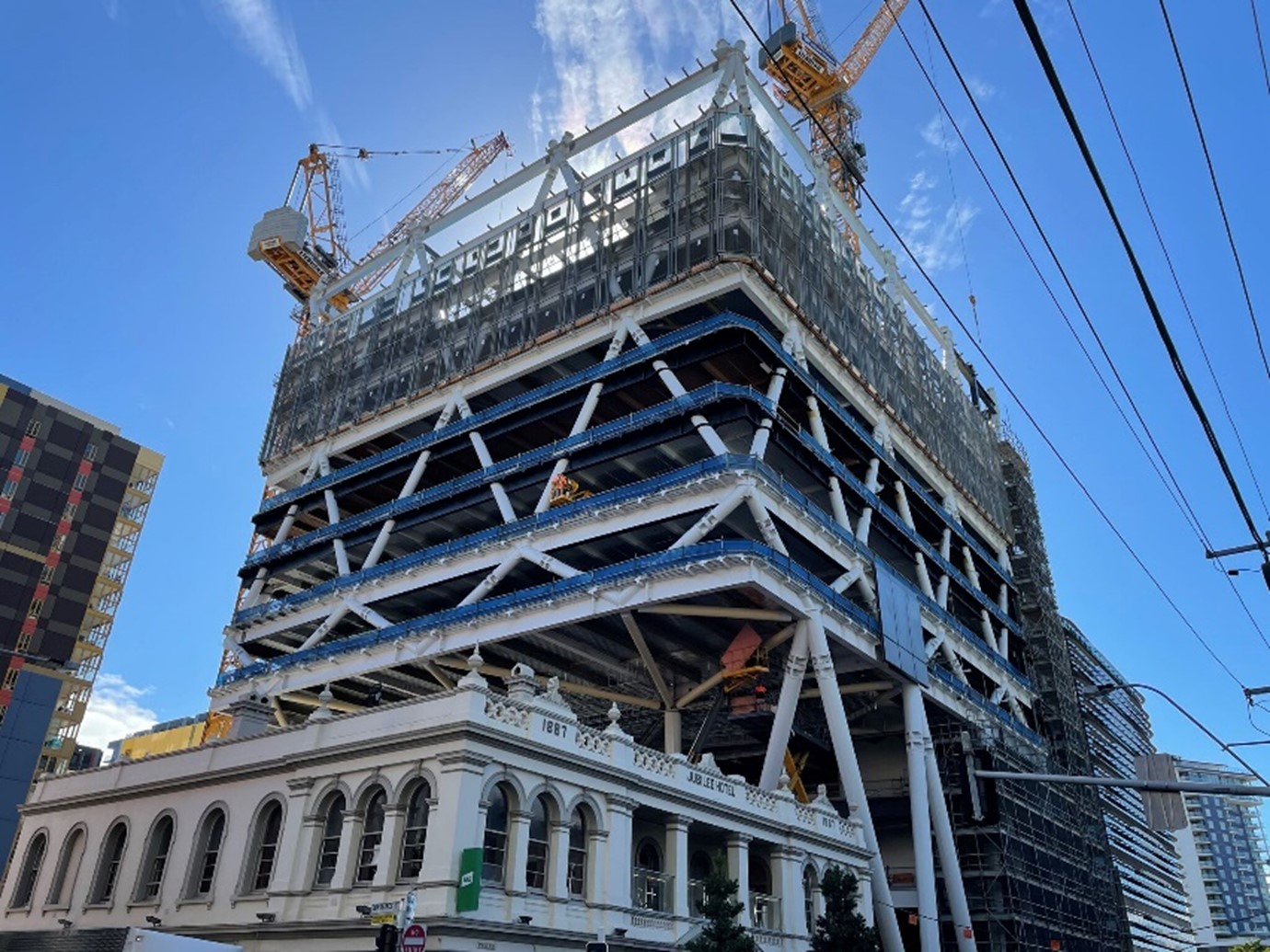
CRANE TIE AREAS
In areas where structural crane ties must be installed within the active area of the Screen, we can design specialised opening wing panels. These opening wing panels allow for the crane tie to connect to the slab without compromising the safety on-site.
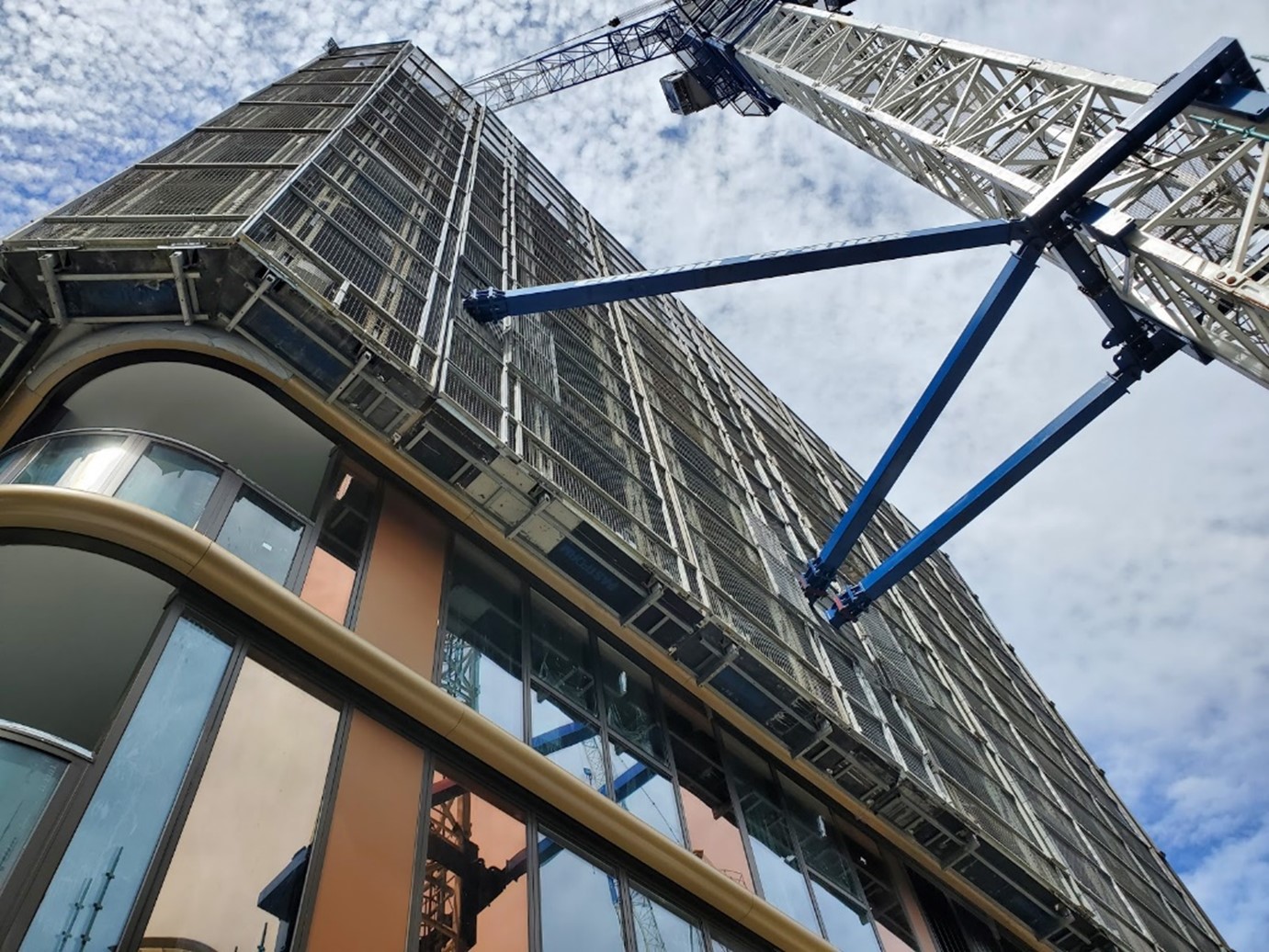
VARYING PROFILES
The Natform Screen System can also be used in scenarios wherein the concrete outline is changing from level to level. While this may add some complexity to the design, Screens are often an efficient and safe edge protection method in areas of shifting slab edges.

LOW RISE/STATIC SCREENS
For low rise buildings from one to five levels high, most builders would only think of using Scaffolding as the leading form of edge protection, however, Screens can be used in just the same way as Scaffolding in order to protect low rise constructions. In order to make Screens a worthwhile venture for low rise construction, Screens can be erected statically, meaning that they are installed and are not climbed at all. The benefit for using a Screen in this manner is that once installed, the Screen only needs minimal additional works and can protect up to four levels as just one unit. In the case that additional levels are required, they can be protected by installing an extension Screen. Static Screens are typically installed free standing up from ground floor or off a suspended level, and because of this they require a long prop to reduce the moment created within the soldier.
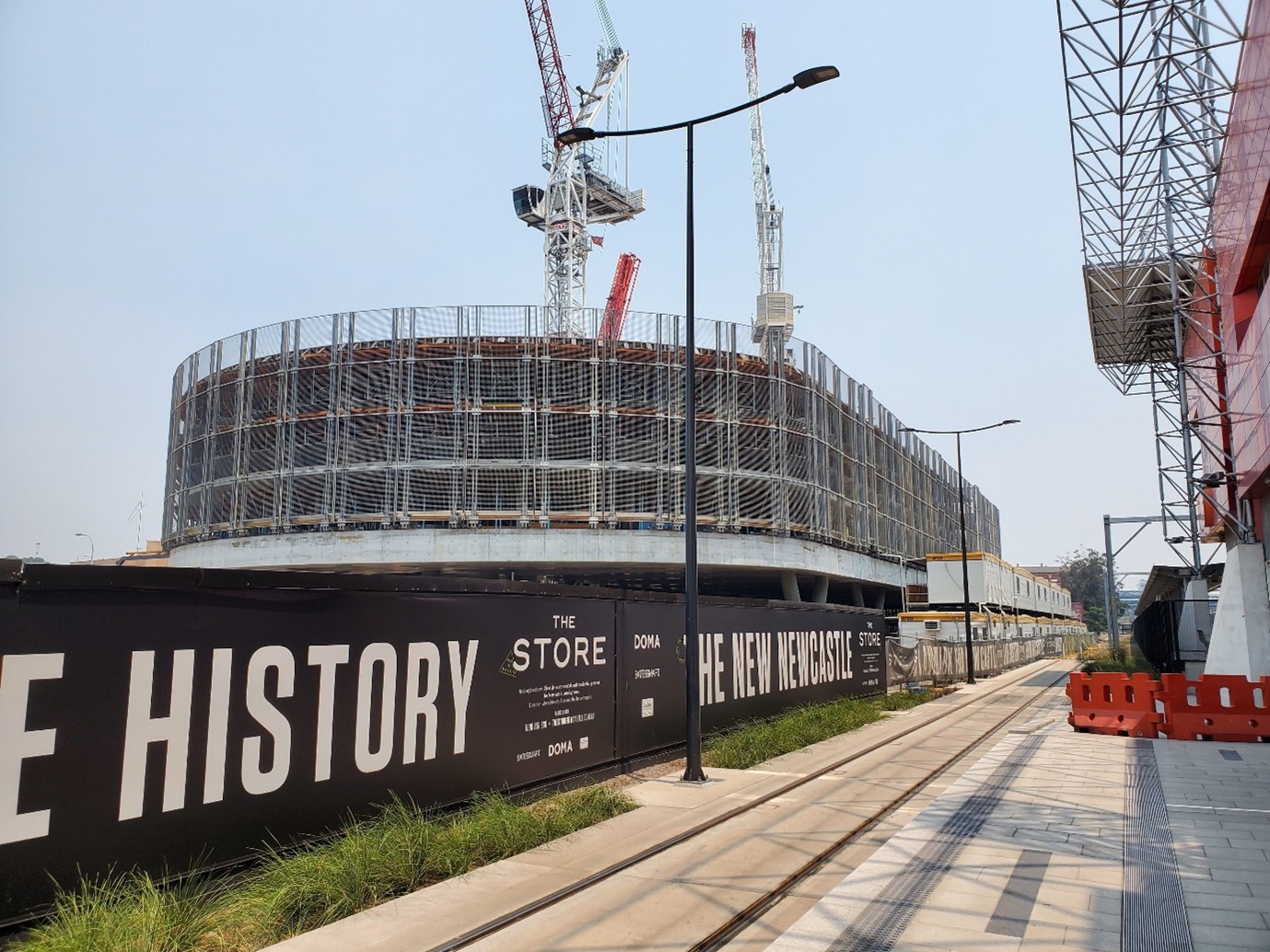
BRIDGES & ROADWORK
Screens can be used as protection for personnel and pedestrians when constructing long civil works such as bridges or roads with specialised connector brackets to attach Screens directly to the Structure. Screens could be utilised with either many short (5m high or less) Screens erected vertically or fewer longer (greater than 5m) Screens erected horizontally.

TRAIN STATIONS & RAILWAYS
When undertaking works along a railway, there are multiple factors to consider. Firstly, rail ways have hazards of electrocution through the lines that power the trains, and as such, erecting a steel object such as a Screen or Scaffold would pass that hazard onto personnel. Secondly, when constructing next to train lines, the space may be limited, requiring a slim system to create a safety boundary. Screens can be the solution to both of these issues as they are significantly slimmer than a Scaffolding system, and they can be erected with a timber and ply secondary skin that leaves no steel exposed, and as such, significantly reduces the risk of electrocution.
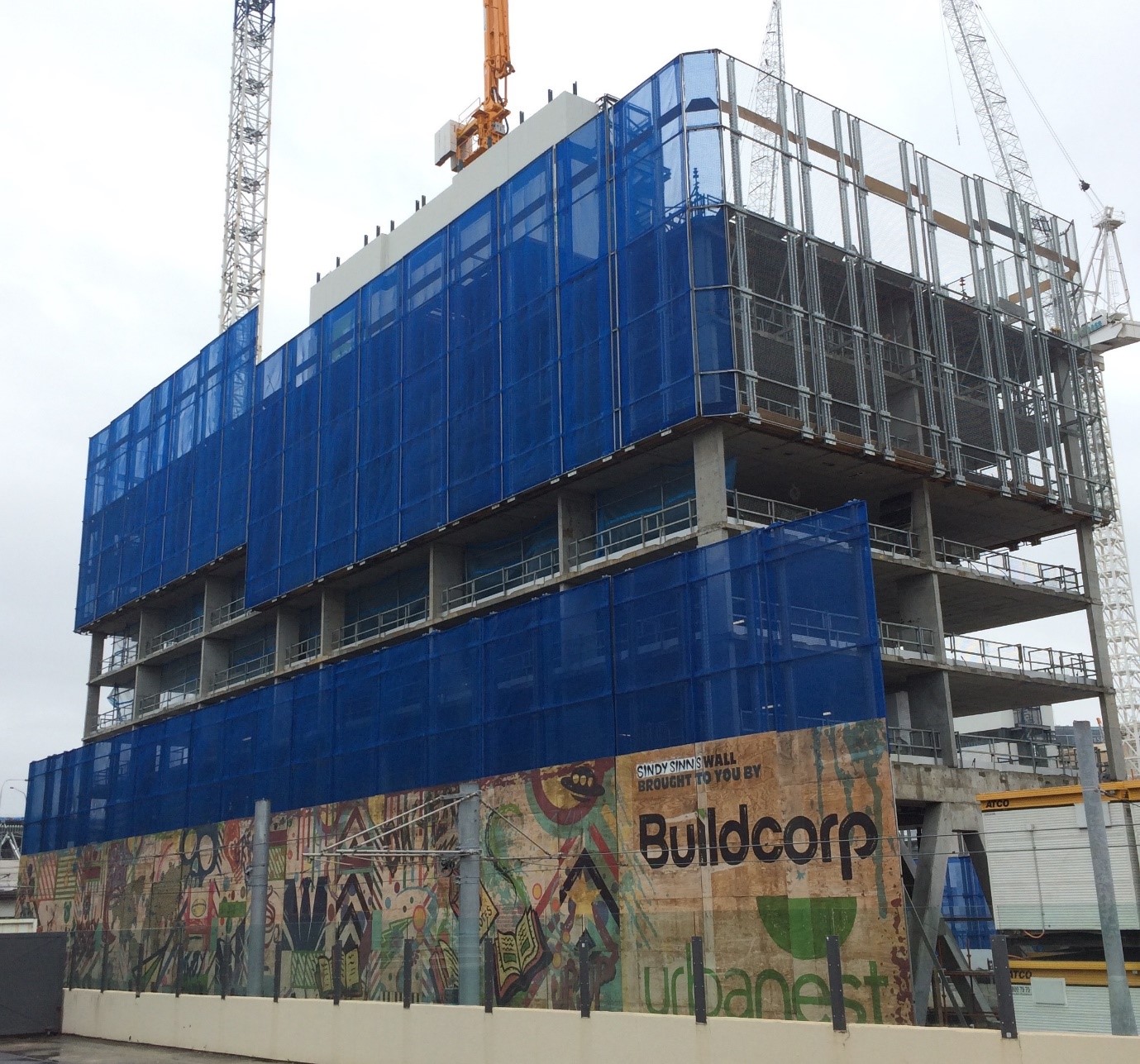
BUILDING EXTENSIONS
The Natform Screen System can also be utilised for building extensions. This can be extremely beneficial to the client wherein a typical case of a building extension, the main structure must remain in-use by the general public. In these situations, Screens can be erected using chem-set anchors into the top of the structure, allowing for protection to the new levels above whilst also leaving the ground free of scaffold and other building materials.
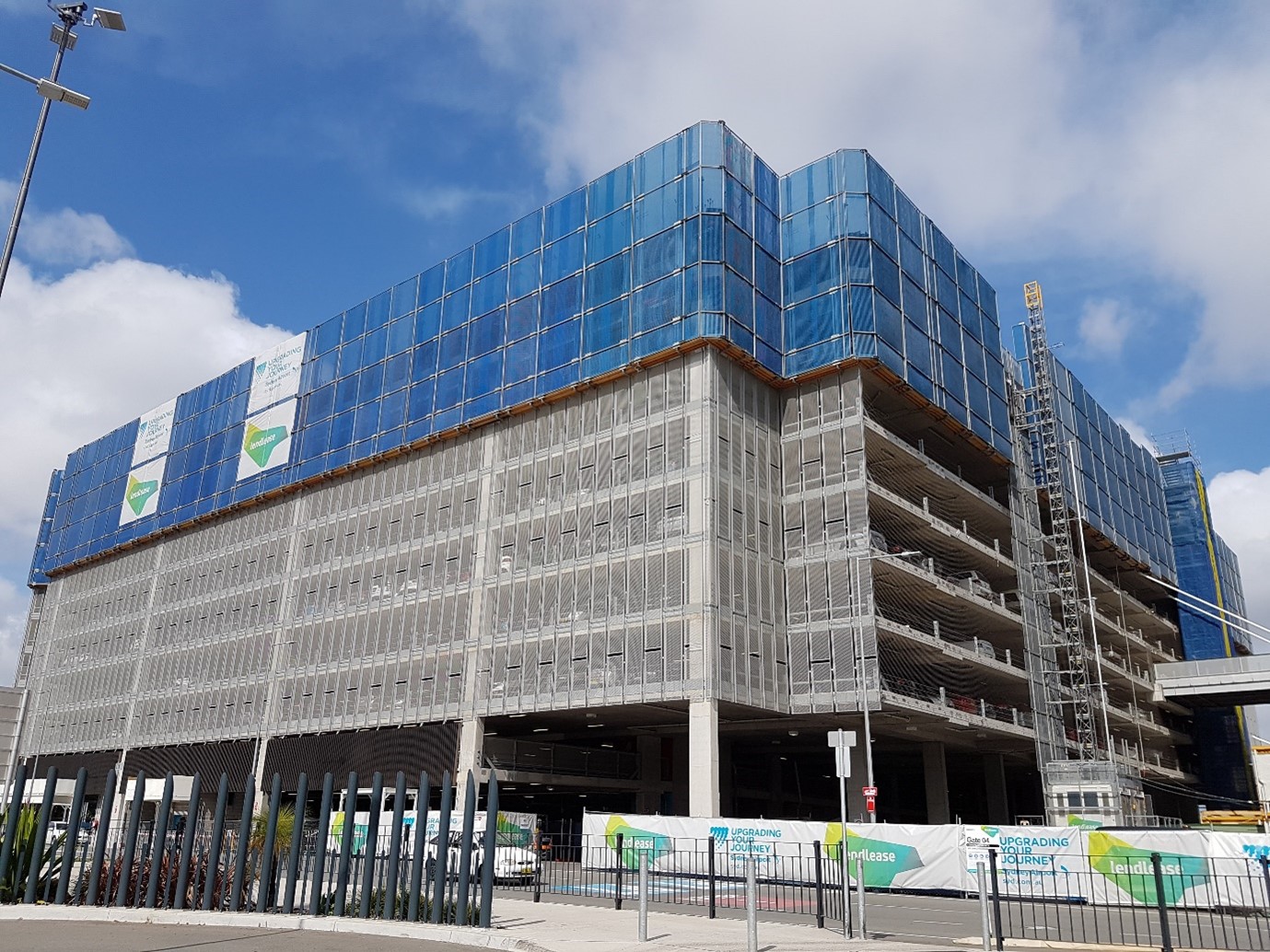
SCREEN DELIVERY
The Natform Screen system boasts streamlined and efficient deliveries to site, with a large focus on reducing the number of transports required. As such, we can deliver a maximum of twelve (12) Screens to site in a single delivery, which can account for up to 460m2 of edge protection. Similarly, we also delivery any miscellaneous gear that is required for the Screens in stillages with certified lifting points to streamline the unloading process and increase on-site safety.
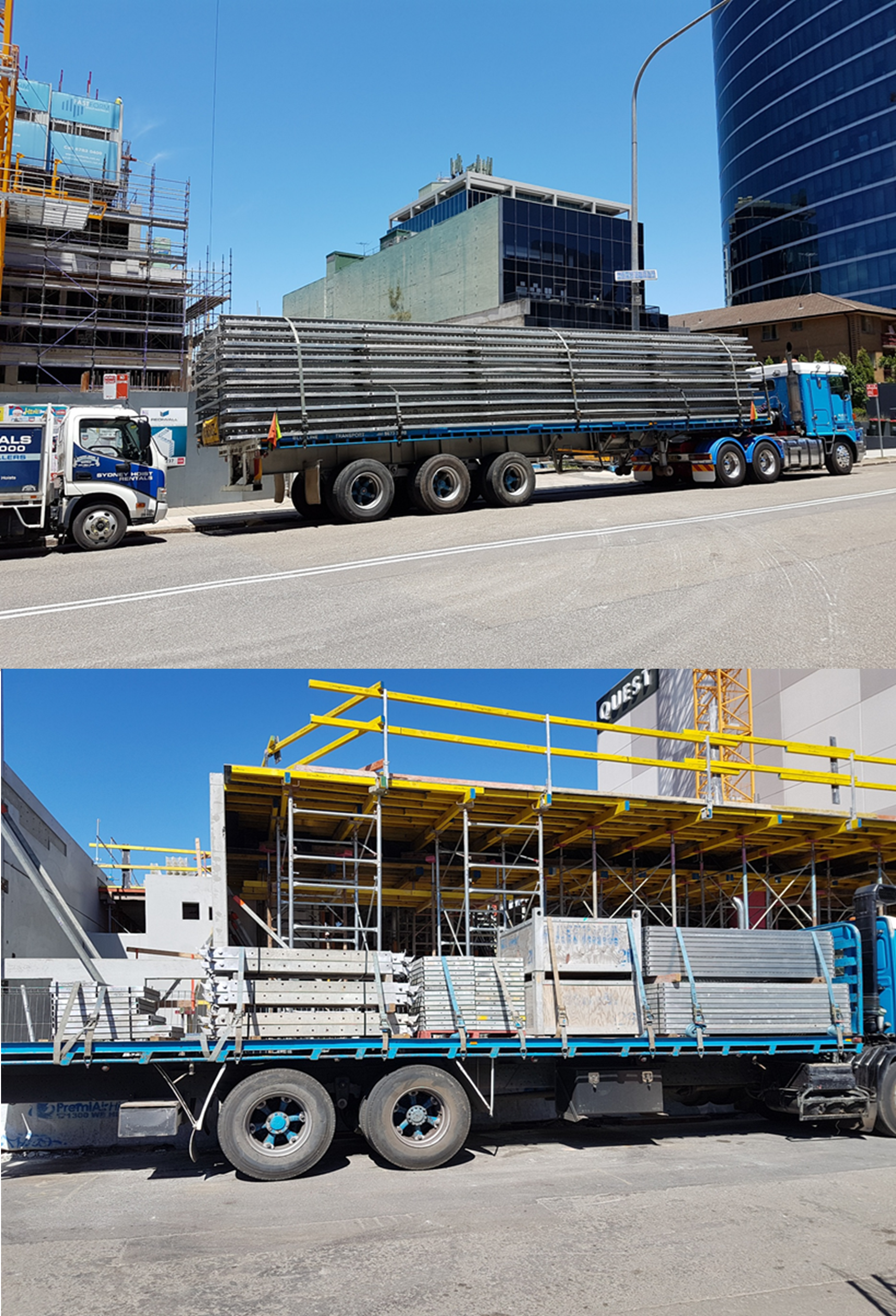
HANDRAIL SYSTEM
The Natform Handrail is a versatile and efficient system that can be used independently, or to complement the Natform Screen System. It has been certified and tested in accordance with ASNZS 4994. The Handrail System can reuse the cast-in bolts of the Screens to streamline the installation process and reduce labour costs. Its rails are manufactured out of aluminium to make it one of the most light-weight systems in the industry and to keep it easily manoeuvrable. The Handrails come delivered to site in purpose built, compact stillages, that are equipped with certified lifting points for crane lifting.
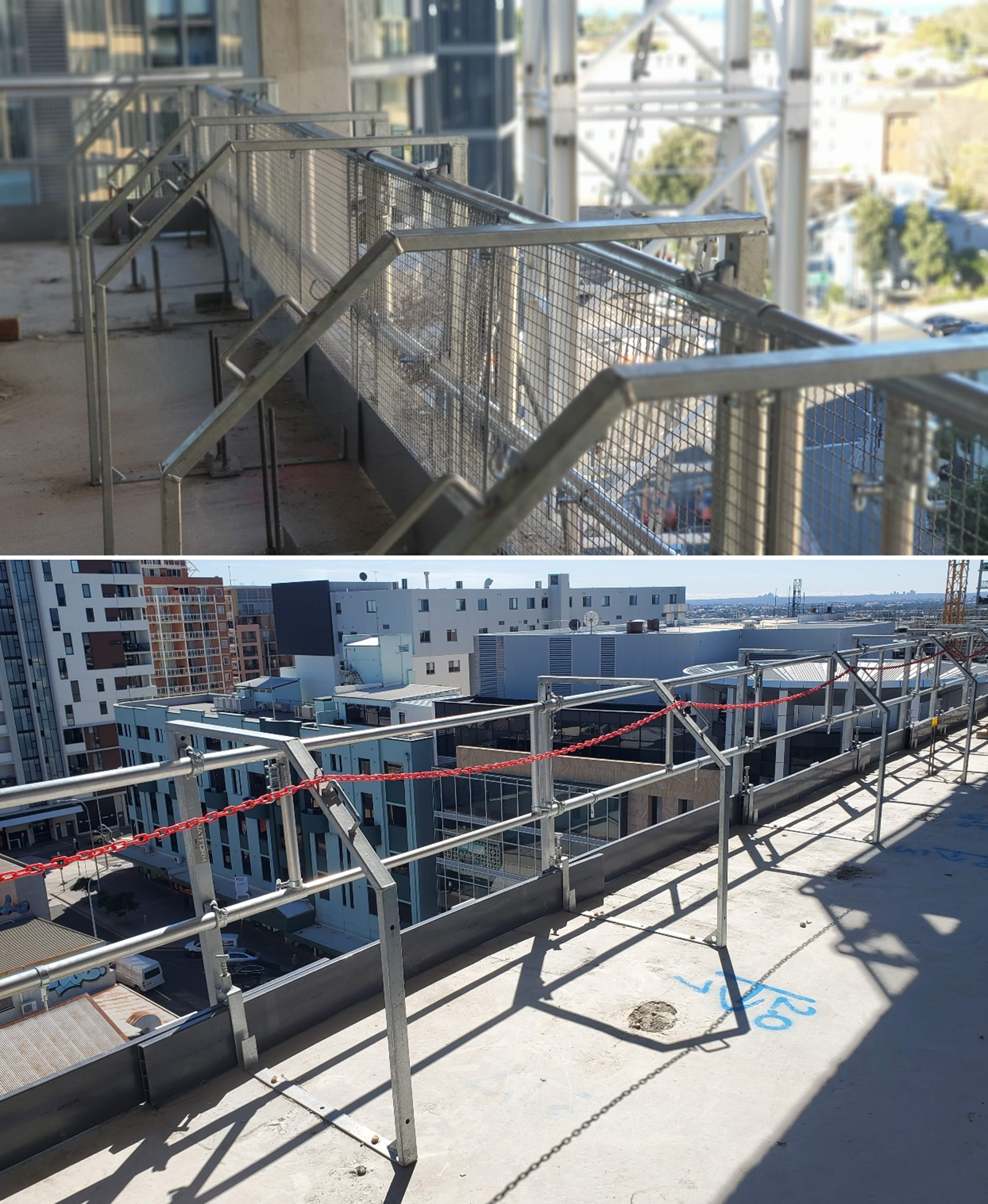
CONCLUSION
In many cases, the most efficient method of edge protection is the Natform Screen System. When looking at a project, if you think the most efficient solution will be to use a Screen System, get in contact with the Natform team and we will go through a suitability check and provide an obligation-free quote.
Please note that this advice and the comments herein are general in nature. If ever in doubt, please seek advice from an engineer.
